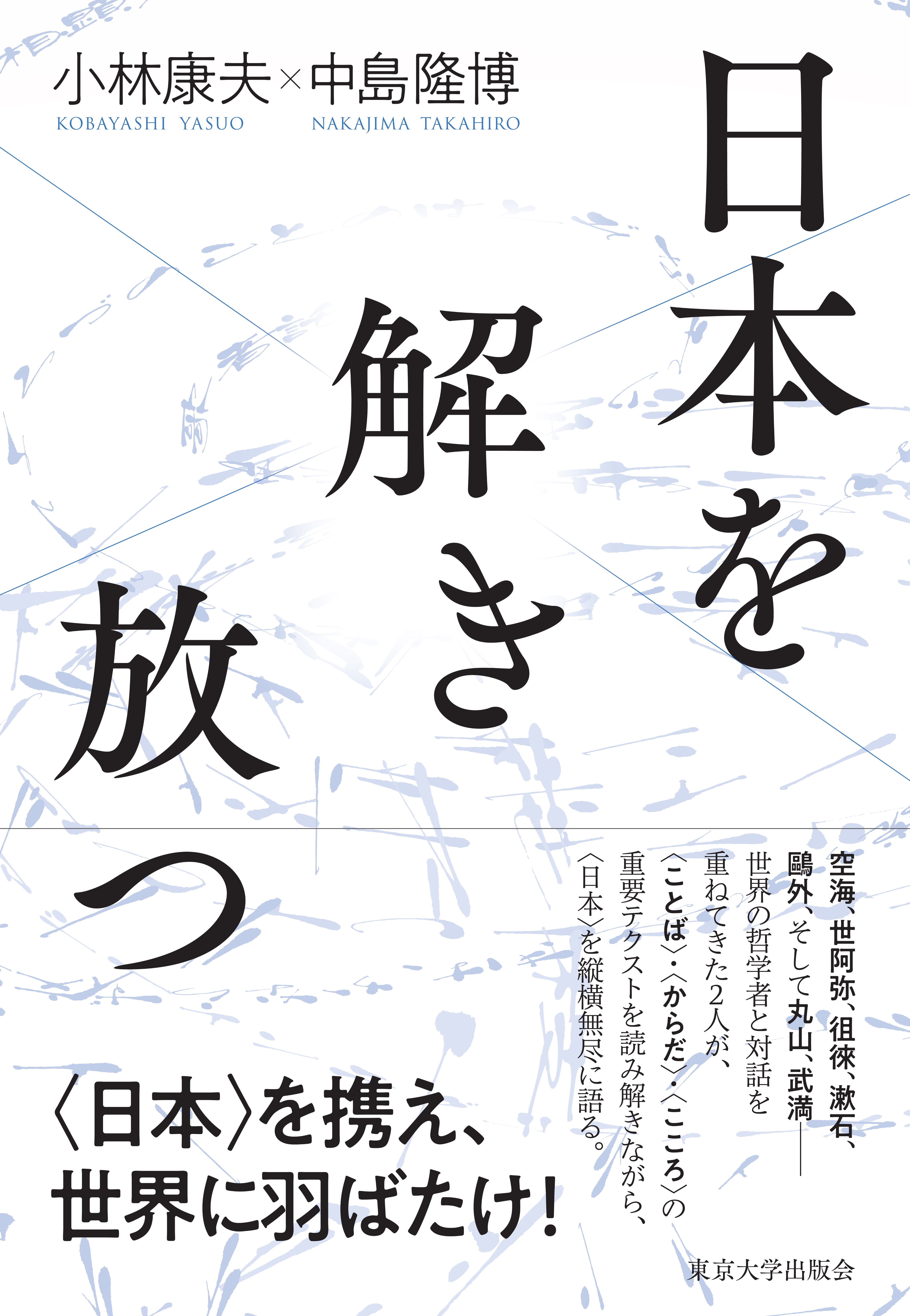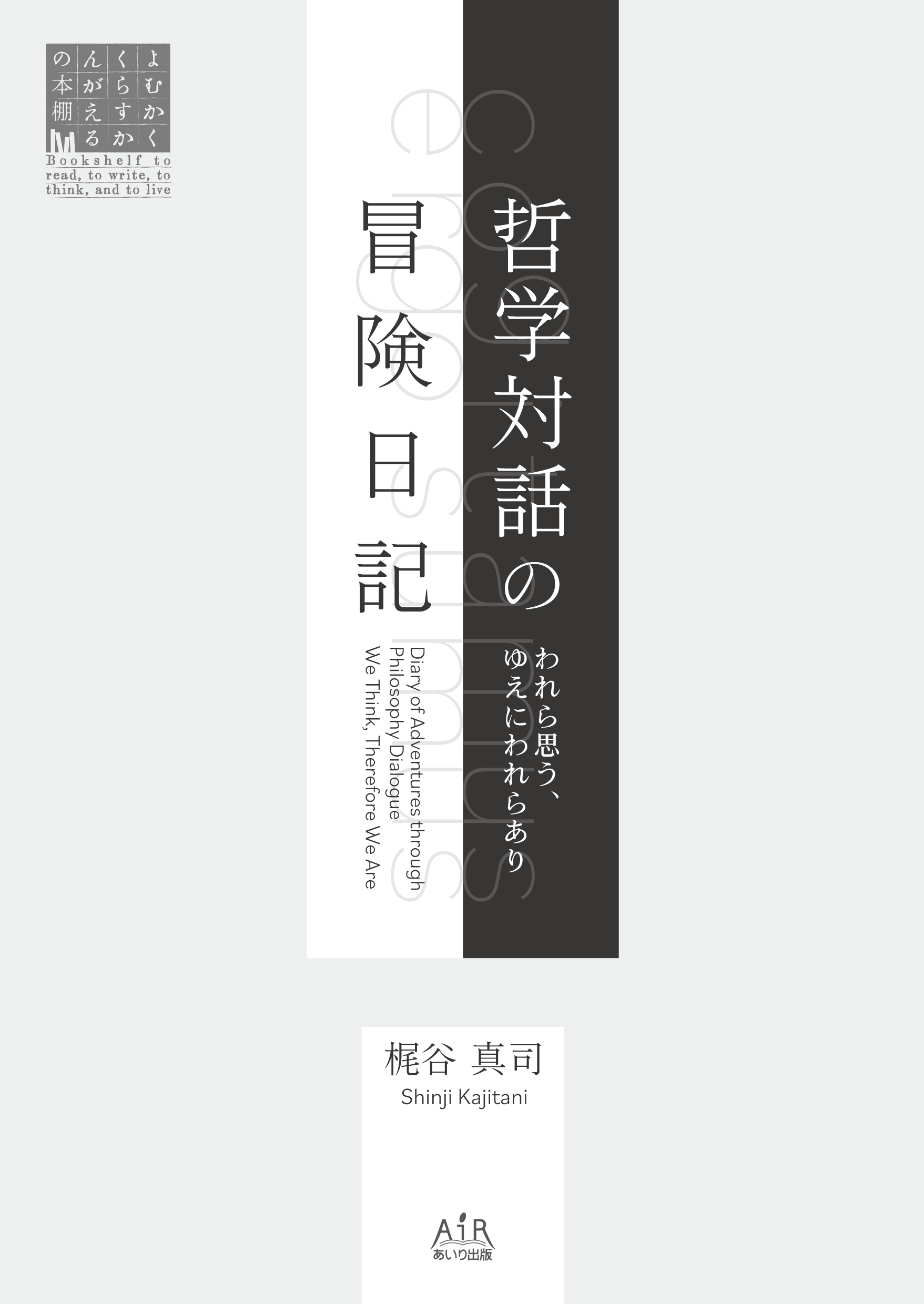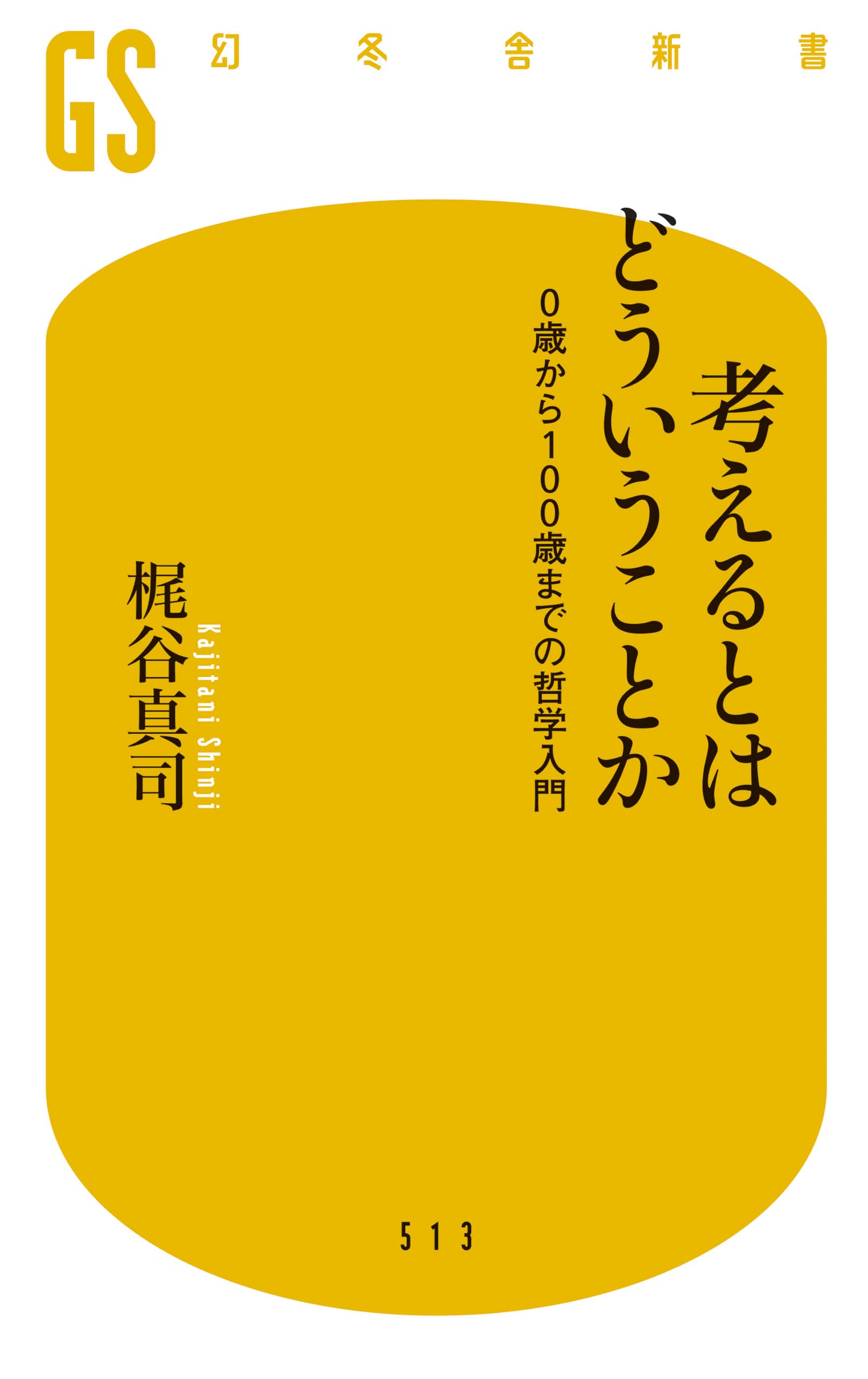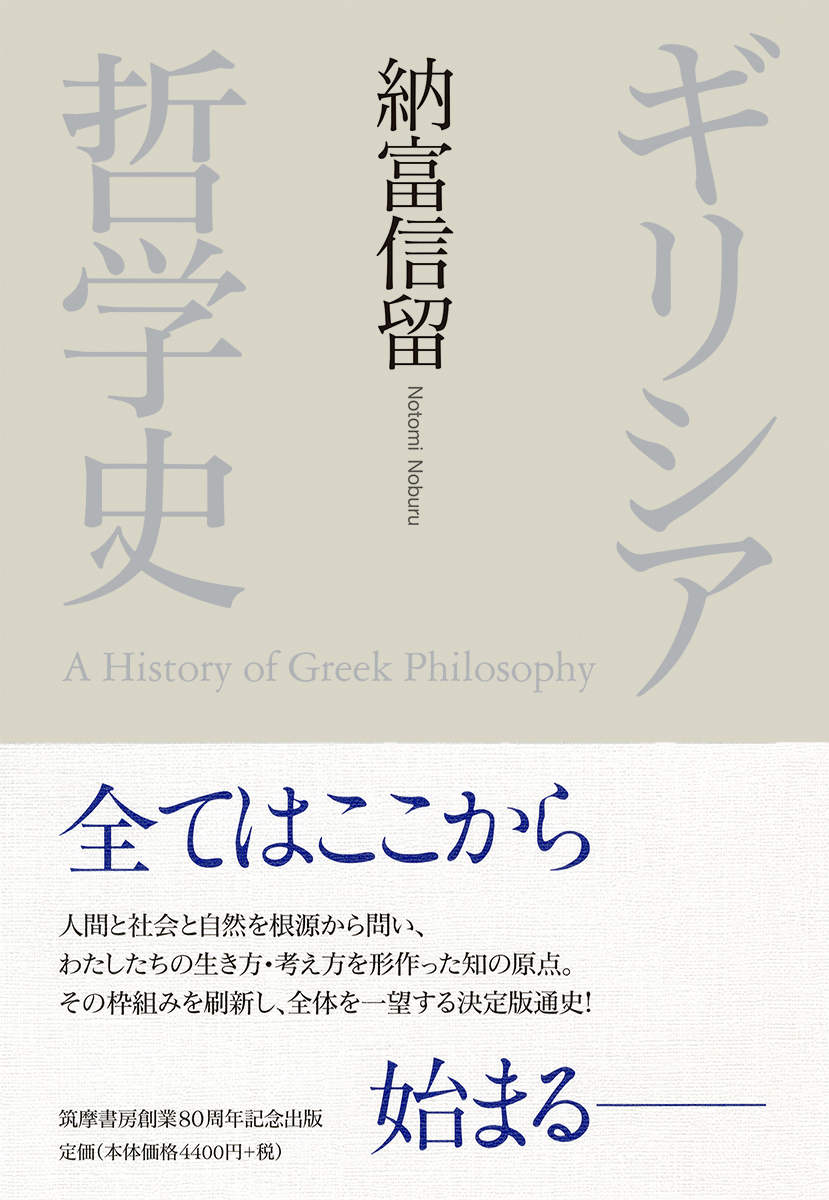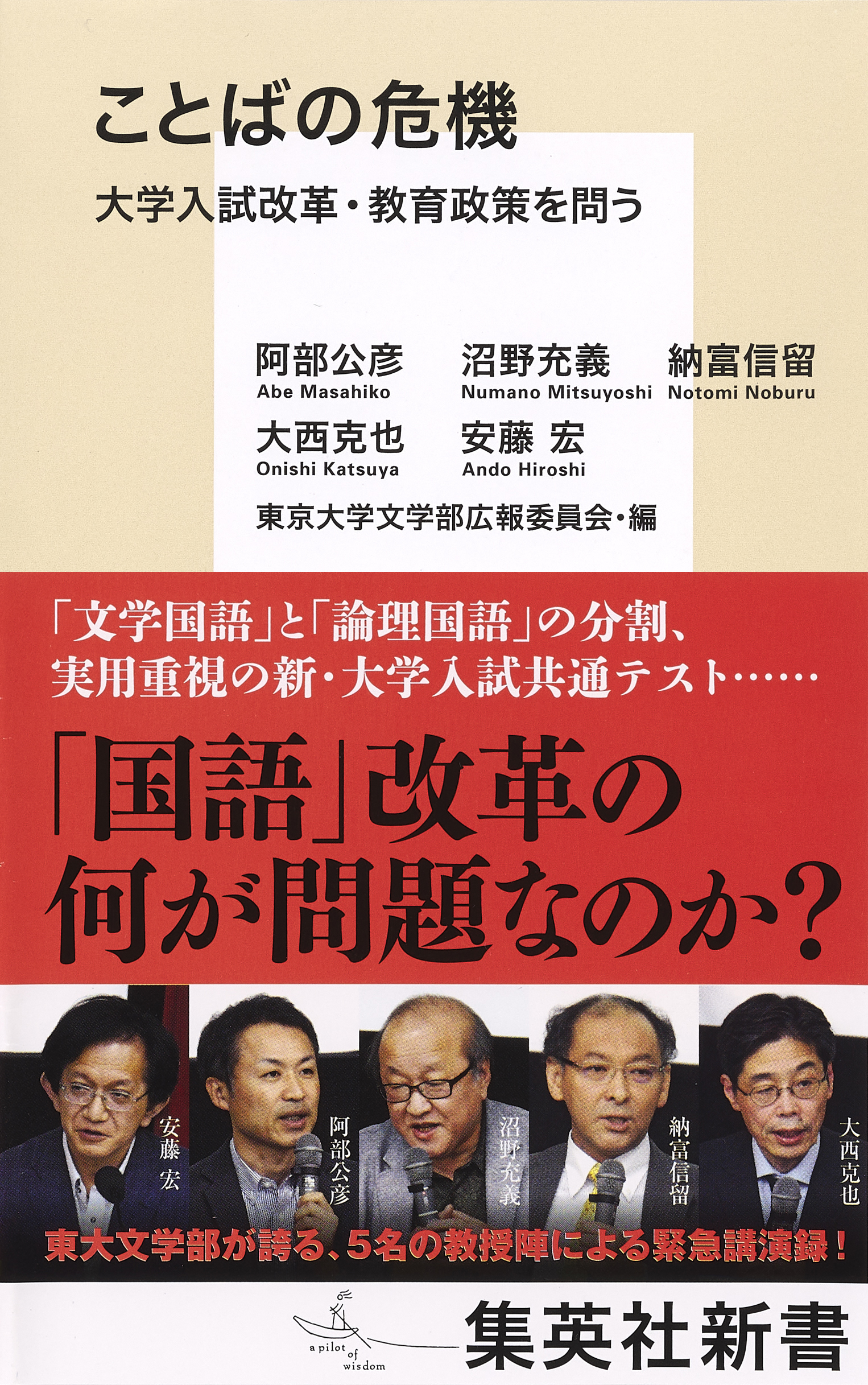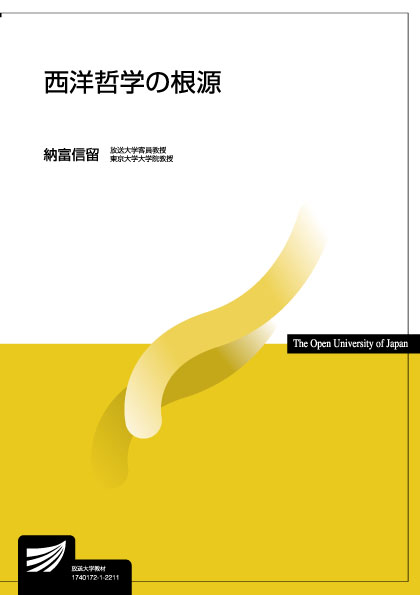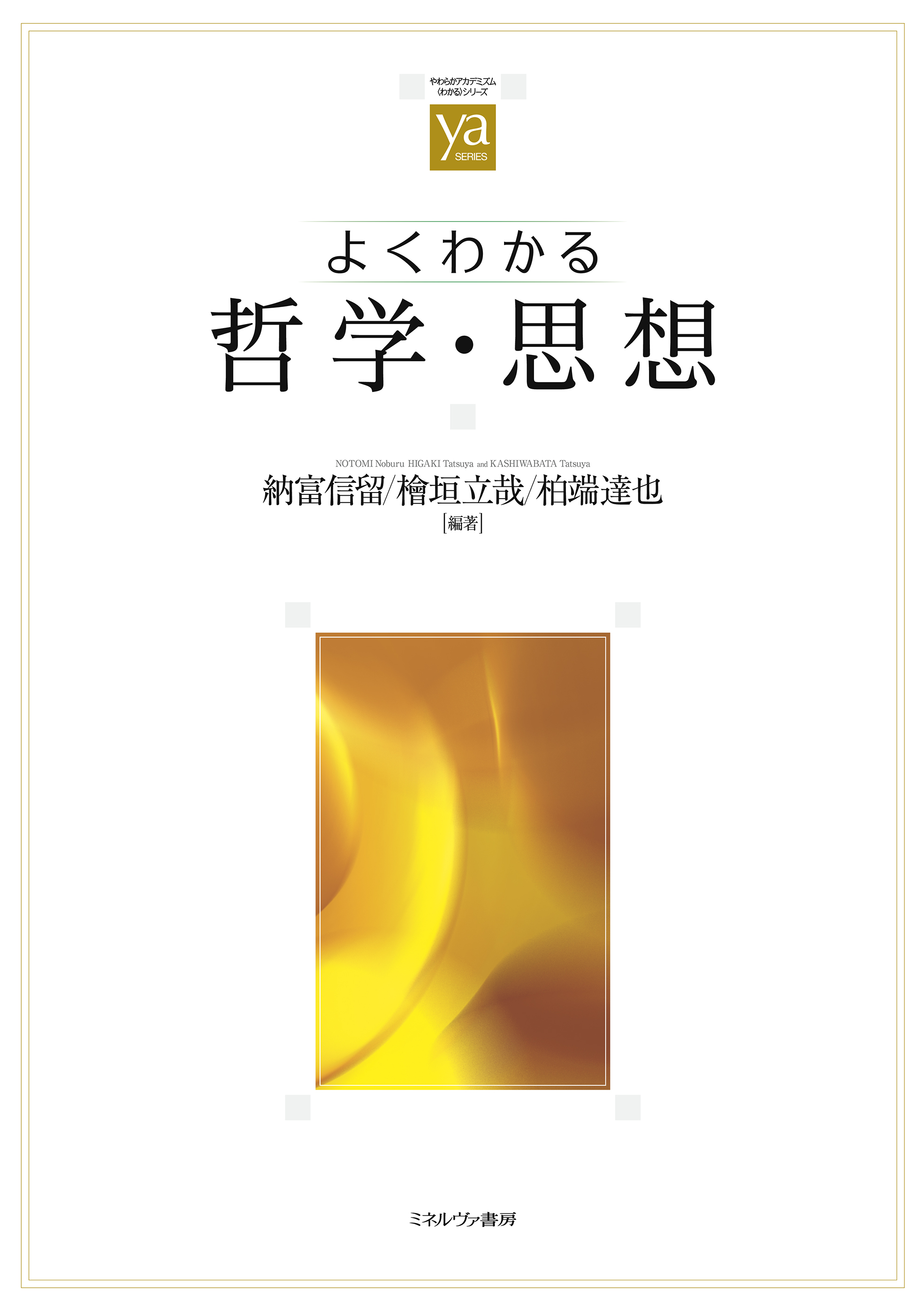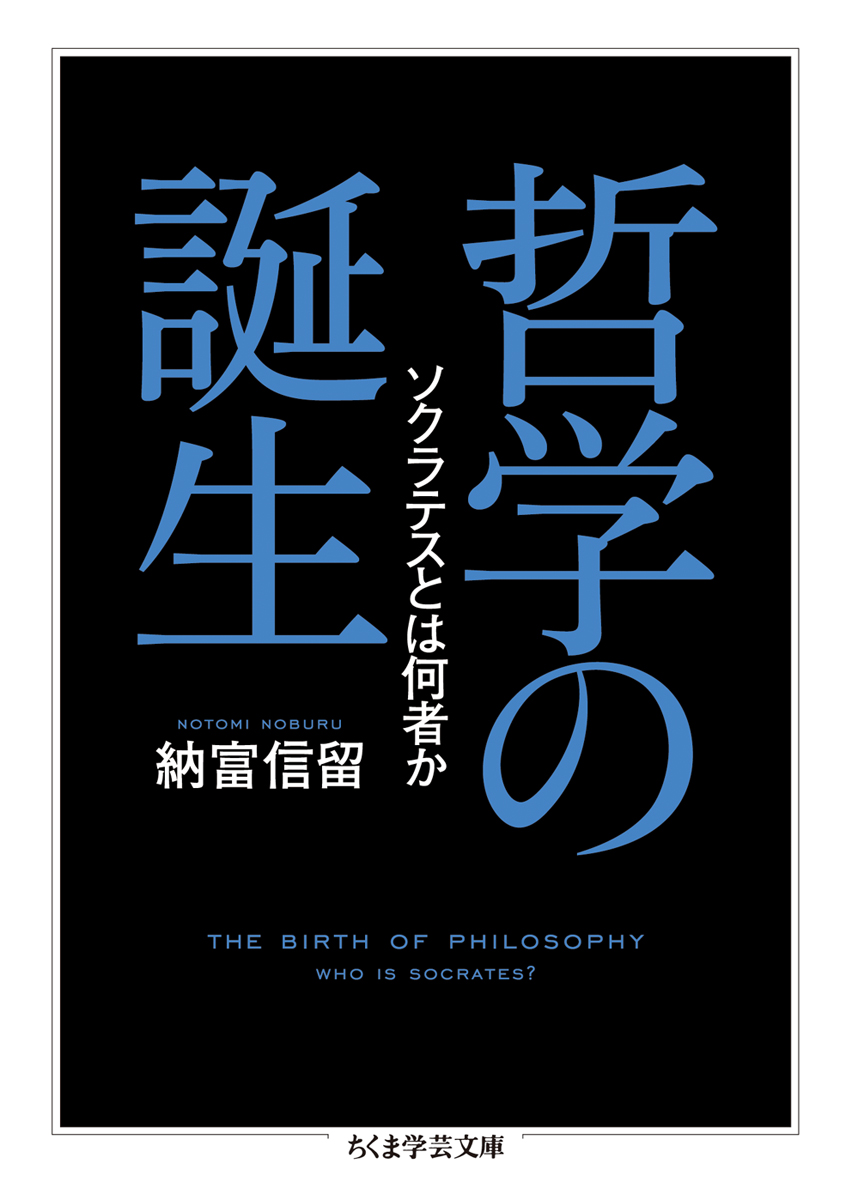
Title
Taiwa no Gihou (Ars Dialectica [Art of Dialogue])
Size
192 pages, 127x188mm, softcover
Language
Japanese
Released
November 25, 2020
ISBN
978-4-305-70932-5
Published by
Kasama Shoin
Book Info
See Book Availability at Library
Japanese Page
In today’s Japanese society, “dialogue” is a catchword used as a magic word in education, workplace, society, and politics as if it were a universal solution. However, when we reflect on what dialogue is exactly, we realize that we have not considered it properly. Is it dialogue when people discuss and talk with each other? This book adopts a critical and fundamental approach to the essence of “dialogue,” a concept that has been increasingly advocated in recent years, from a philosophical viewpoint, and discusses the courage it takes to engage in dialogue, while accurately assessing its significance as well as its limitations and dangers.
The reason for examining the seemingly self-evident term “dialogue” is that it is a dangerous situation in which people have excessive expectations while thinking they know what they are talking about. If we bring up dialogue under the mistaken illusion that it will resolve conflicts, engender consensus, or improve academic performance, we may come to despise it and even dislike it when faced with situations in which it actually fails. Plato called this “misologia,” and it is precisely such a mental state that we may find ourselves in today. In particular, there is a strong fear that even if we discuss “interactive education (taiwa-ryoku)” in elementary education, it will be nothing more than a mere pretext if teachers do not commit to facing students and pupils on an equal footing, and this will encourage non-communicative situations in which children, sensing this, will respond as expected. What we need to avoid such a situation is a calm and correct understanding of “what dialogue is” and the mastery of basic art (gihou) to implement it. Here, “art” does not refer to mere technique, but rather to the mindset and understanding that truly enable it, and moreover, to the self-awareness of each individual carrying out the dialogue.
Based on this awareness, this book is divided into three parts and a total of fifteen chapters. Part 1 is a basic section on what dialogue is, and considers dialogue in the narrow sense of the term as a discourse between one person and another on an equal footing, facing each other and discussing the subject matter. It is necessary to be aware of the strengths and weaknesses of dialogue, and to recognize what dialogue aims at and what it does not. Part 2 is the applied section, in which we will examine the errors and dangers that are likely to occur in carrying out dialogue, and create an attitude toward dialogue while calmly accepting its impact and appeal. Part 3 is the developmental section, in which we will expand our perspectives to consider the possibilities and significance of dialogue with remote parties, with people other than rational adults, with non-human entities (e.g., AI and robots), and with the dead and transcendent beings, which were not considered dialogue in the past. In doing so, what we arrive at is a dialogue with ourselves about what we are, and a new way of living while practicing that dialogue.
I hope that we will face the considerations presented in this book critically and realize, through dialogue, a way of life and a society in which true “dialogue” is carried out.
(Written by NOTOMI Noburu, Professor, Graduate School of Humanities and Sociology / 2022)
Table of Contents
Part 1. Do You Know Dialogue?
Chapter I. Let's start with the word ‘dialogue’
Chapter 2. What is not a Dialogue
Chapter 3. Exchanges in Dialogue
Chapter 4. Strengths and Weaknesses of Dialogue
Chapter 5. Where Dialogue Aims to Go
Part 2. Courage for Dangerous Dialogue
Chapter 6. Disease of Discourse Hatred
Chapter 7. Unanswerable Questions
Chapter 8. Accepting the Impact of Dialogue
Chapter 9. Temptation by Words
Chapter 10. Courage to Dialogue
Part 3. The Expanding World of Dialogue
Chapter 11. Crossing Borders in Dialogue
Chapter 12. Expansion of Dialogue Partners
Chapter 13 Dialogue with the Absent
Chapter 14. Dialogue with Yourself
Chapter 15. Practicing Dialogue
Bibliography
Afterword



 Find a book
Find a book


